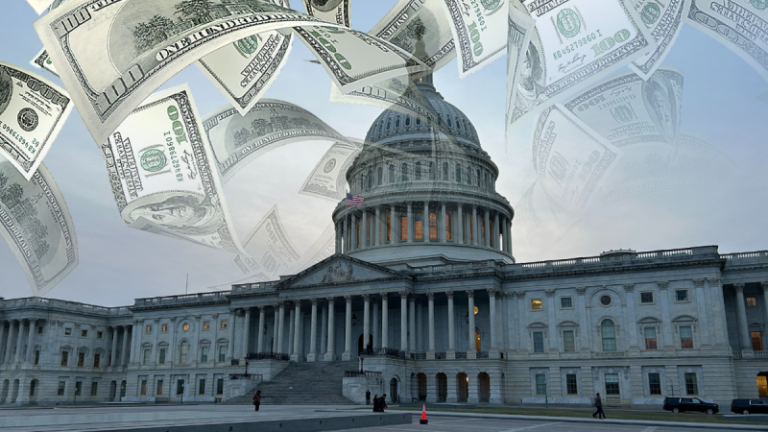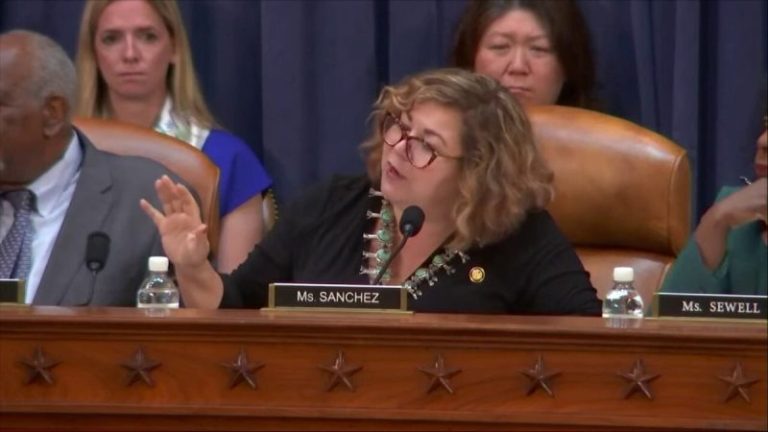The Gaza Humanitarian Foundation’s (GHF) new chairman is ignoring critics and keeping his focus on what he calls the group’s ‘singular mission’ of making sure the people of Gaza have food.
‘Our mission has nothing to do with Hamas. It has nothing to do with Israel. It has everything to do with making sure that hungry Gazans get food. That is our singular mission. No other mission,’ Rev. Johnnie Moore, GHF’s executive chairman, told Fox News Digital.
Moore took the helm June 3, just a few days after the Israeli- and U.S.-backed aid group began its distribution operations.
Even before GHF began distributing aid, it faced criticism in the weeks leading up to its launch. The United Nations came out strongly against the group. U.N. Under-Secretary-General for Humanitarian Affairs and Emergency Relief Coordinator Tom Fletcher was a vocal critic, claiming the U.N. already had the infrastructure and ability to distribute aid.
Moore, however, believes GHF is ‘trying to solve a problem that the U.N. hasn’t been able to solve,’ namely, the issue of Hamas stealing aid. Rather than admonish critics, Moore is urging them to join GHF’s efforts to get food to people on the ground in Gaza.
The GHF chief also noted that, despite what critics have said, Gazans have been ‘incredibly grateful’ to receive the support. Not only have the beneficiaries been thanking the U.S., they’ve been thanking President Donald Trump. Moore attributes this to a promise the commander in chief made in the Oval Office.
‘They’re thanking President Trump specifically because a few weeks ago, in the Oval Office, in one of the many, many press briefings that President Trump does, he made a passing comment,’ Moore said.
‘And the comment related to how Hamas was treating the Gazan people very badly when it came to humanitarian aid. And he made a promise that the United States would do something about it. And the people in Gaza are attributing our free distribution of food as a direct response to the promise of the president of the United States.’
Israel and the U.S. have repeatedly said that GHF is the best mechanism for distributing aid to Gazans and ensuring that Hamas does not get anything. Moore told Fox News Digital humanitarian aid officials have faced a ‘false choice’ for years between Hamas and the people of Gaza.
‘I think for many, many years, the aid community thought that the cost of giving aid to the people of Gaza is that you had to lose a certain amount of that aid to all of these other nefarious purposes. We’re just showing that that’s a false choice. That doesn’t have to be the case. We can actually give aid without facing these dilemmas,’ Moore said.
‘Since the Israeli authorities allowed the U.N. to resume bringing limited aid into Gaza after nearly 80 days of a total blockade of any supplies, there have been understandable instances of trucks carrying food being offloaded by hungry civilians,’ Eri Kaneko, spokesperson for the U.N. Office for the Coordination of Humanitarian Affairs, told Fox News Digital.
‘In some cases, we have also seen unacceptable looting by armed, criminal gangs, which posed tremendous risk to our drivers’ safety. To meet humanitarian needs in Gaza and help reduce looting, far more essential supplies should be allowed into Gaza through multiple crossings and routes.’
In late May, Israeli U.N. Ambassador Danny Danon revealed the international institution was using ‘mafia-like’ tactics against NGOs that were open to working with GHF. The U.N. removed several NGOs from a shared aid database, which acts as a ‘central system for tracking aid deliveries into Gaza,’ according to Danon.
The following week, after Danon exposed the U.N.’s actions, the U.S. vetoed a U.N. Security Council resolution calling for a ceasefire in Gaza. The resolution also addressed humanitarian aid, though Danon said it would have undermined, rather than advanced, such efforts.
Just minutes before vetoing the resolution, U.S. Chargé d’Affaires Dorothy Shea urged the U.N. to support GHF ‘to help it safely deliver aid without being diverted by Hamas. The GHF has emphasized it will deliver aid consistent with the humanitarian principles of humanity, neutrality, impartiality and independence.’
This post appeared first on FOX NEWS










